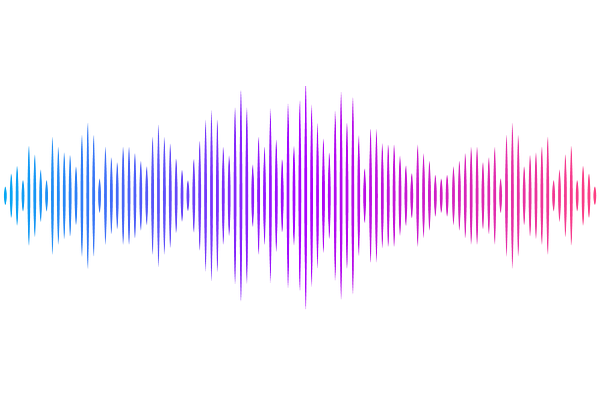Brainstem neurons coordinate the bladder and urethra sphincter for urination

Brainstem neurons coordinate the bladder and urethra sphincter for urination
Li, X.; Li, X.; Li, J.; Qin, H.; Liang, S.; Li, J.; Jian, T.; Wang, X.; Yin, L.; Yuan, C.; Liao, X.; Jia, H.; Chen, X.; Yao, J.
AbstractUrination, a vital and conserved process of emptying urine from the urinary bladder in mammals, requires precise coordination between the bladder and external urethra sphincter (EUS) that is tightly controlled by a complex neural network. However, the specific subpopulation of neurons that accounts for such coordination remains unidentified, limiting the development of target-specific therapies for certain urination disorders, e.g. detrusor-sphincter dyssynergia. Here, we find that cells expressing estrogen receptor 1 (ESR1+) in the pontine micturition center (PMC) initiate voiding when activated and suspend ongoing voiding when suppressed, each at 100% reliability, respectively. Transection of either the pelvic or the pudendal nerve does not impair PMCESR1+ control of the downstream target through the other nerve at all. Anatomically, PMCESR1+ cells possess two subpopulations projecting to either the pelvic or pudendal nerve and a third, dual-projecting subpopulation, locking in the coordination of bladder contraction and sphincter relaxation in a rigid temporal order. We identify a cell type in the brainstem that controls the bladder-urethra coordination for urination.